Research Highlights
Research Highlights
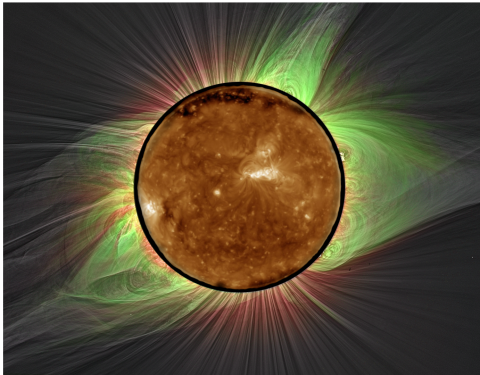
New Book: The Problem of Coronal Heating
This new book, by Phil Judge et al., offers a critical overview of the field of research, including a dive into methodologies to understand the nature of this recalcitrant problem. Armed with an up-to-date understanding of theory, instrumentation, and the developing field of machine learning, the authors offer suggestions for new, stronger methodologies aimed to generate measurable progress.
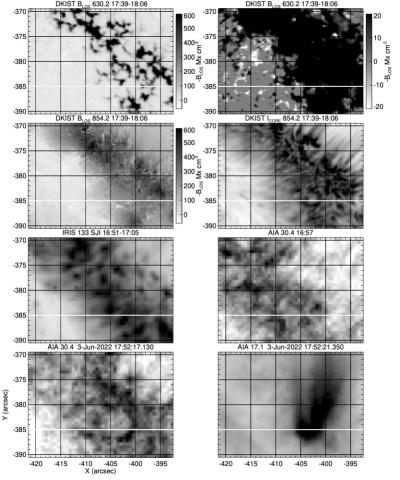
Magnetic fields and plasma heating in the Sun’s atmosphere
Philip Judge, Lucia Klient, Roberto Casini, Alfred de Wijn, Tom Schad, and Ali Tritschler uniquely connect magnetic fields threading the chromosphere to the overlying corona and other heated plasmas. They found no correlations between heated plasma and properties of chromospheric magnetic fields on scales below supergranules.
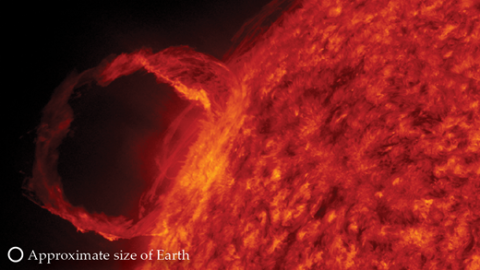
Advances in solar telescopes
Holly Gilbert notes that sunspot observations have been recorded for over 400 years, and eclipses were first documented thousands of years ago. Although the Sun is no longer a complete mystery, the way we observe it continues to develop, as continued technological advances uncover new mysteries for future generations to solve.
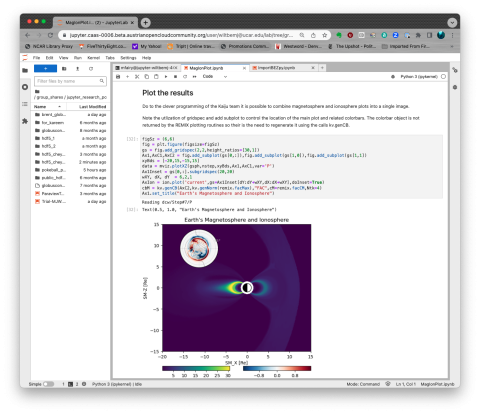
Cloudnative OpenScienceLabs: Effectively sharing HPC results and knowledge
Michael Wiltberger et al. present a method for publishing and sharing high performance compute (HPC) code and results in a ready-to-use interactive environment with the explicit goal to lower the entrance barrier to HPC. They call such an environment an OpenScienceLab (OSL).
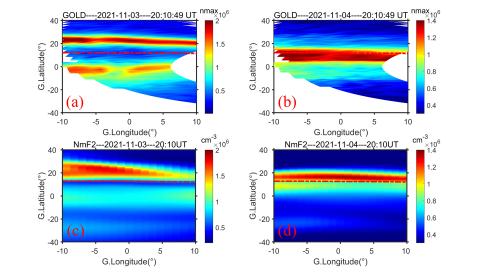
Investigation of the GOLD Observed Merged Nighttime EIA with WACCM-X Simulations during the Storm of November 3–4, 2021
Kun Wu, Liying Qian, Wenbin Wang, Xuguang Cai, Joseph M. Mclnerney used the Whole Atmosphere Community Climate Model (WACCM-X) to simulate the EIA structures during the storm on November 3 to 4, 2021 observed by the Global-scale Observations of the Limb and Disk (GOLD) mission
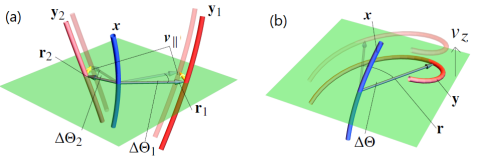
ARTop: an open-source package for measuring Active Region Topology at the solar photosphere
K. Alielden, D.MacTaggart, Q. Ming, C. Prior and B. Raphaldini present ARTop (Active Region Topology), a package that allows researchers to calculate the fluxes of topological quantitiesbased on solar magnetograms. In addition to this, ARTop also allows for the efficient analysis of these quantities in both two-dimensional maps and time series. ARTop calculates the fluxes of magnetic helicity and magnetic winding, together with particular decompositions of these quantities.
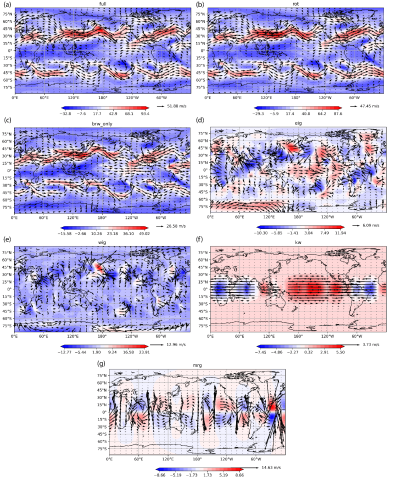
Wavenumber-frequency spectra of normal mode function decomposed atmospheric data: departures from the dry linear theory
Breno Raphaldini, et. al. observed wavenumber-frequency spectrum of tropical tropospheric disturbances (Wheeler-Kiladis diagram) helping to bridge the gap between observations and the linear theory of equatorial waves.
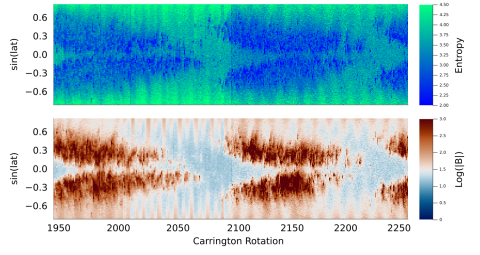
Analyzing longitude distribution of photospheric magnetic fields from MDI/HMI synoptic maps by using information theory
Breno Raphaldini, Mausumi Dikpati, and Scott W. McIntosh discuss how the longitudinal complexity plays a fundamental role in the solar magnetic activity. Rossby waves have recently been proposed as a fundamental mechanism regarding the non-asymmetric of the solar magnetic fields. They use HMI and MDI magnetic field synoptic maps to evaluate the magnetic field structures (mainly active regions) organization and propagation as a function of time and latitude.
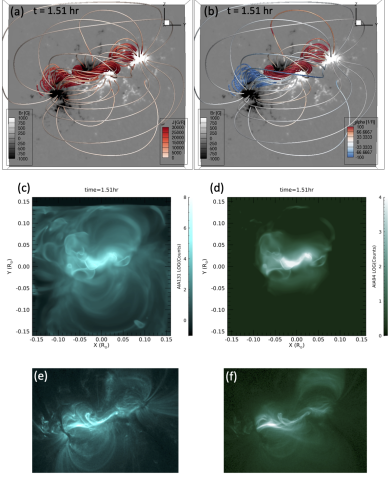
Recent Progress on Understanding Coronal Mass Ejection / Flare Onset by a NASA Living with a Star Focused Science Team
Yuhong Fan, et al. present a report of recent progress on the topic of understanding solar coronal mass ejection (CME) onset from both modeling and observational viewpoints, as carried out from 2019 to the present by the NASA Living with a Star Focused Science Topic team on “Understanding the Onset of Major Solar Eruptions.” They summarize the ideas from six American research groups regarding ongoing and upcoming challenges to the questions of how, when, and why coronal mass ejections erupt from the sun.